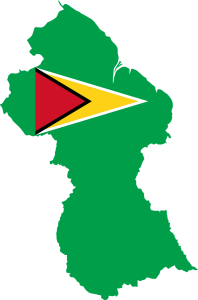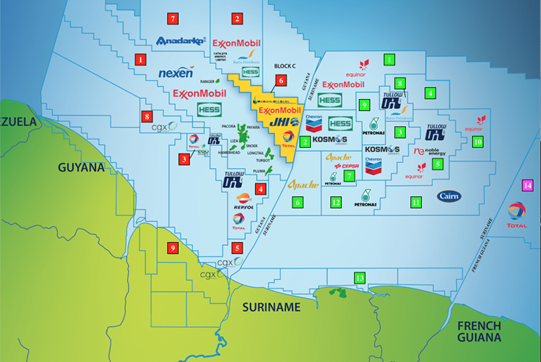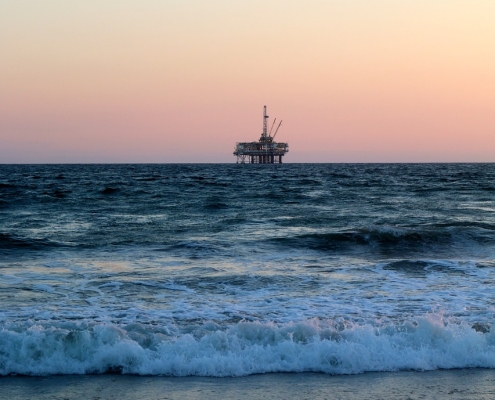Guyana – A Developing Energy Market – Part One
Twin Feathers continues our series reviewing other countries in the Western Hemisphere, exploring their connection to the global LPG markets. In this post, we begin our two-part look at Guyana.
Population and Location
Guyana is a country located in northern South America, with a population of 800,000, according to 2019 census reports. Due to English colonization, their society is a mix of around 70% African and 30% Indian descendants. Guyana has a privileged geopolitical position with access to the sea along the Atlantic and Caribbean coasts. It shares borders with Venezuela to the west, Suriname (French Guyana) to the east, and Brazil to the south.
Developing Offshore Oil and Gas Fields
Guyana has currently taken its first steps in the development of offshore oil and gas fields. Opportunities for growth became apparent with the exploration of the first three fields – Liza I, Payara, and Liza II in Block Stabroek. In total, the country has options to develop up to ten blocks offshore. This exploration has confirmed deposits of large quantities of oil and gas, with volumes up to 11 billion barrels (bbls) of oil, in wells drilled between 16,000 and 21,000 feet. These findings have important ramifications for the development of opportunities in Guyana’s energy market sector.
Current and Predicted Production Levels
Currently Guyana’s wells are producing 620 thousand barrels per day (Mbbl/d) directly offshore with three floating production storage and offloading facilities (FPSOs) online. The country projects that by the end of 2027 they will produce 1.2 million barrels per day (MMbbl/d) and have six additional FPSOs. To help them reach this goal, the government awarded the option to build three more FPSOs (Singapore Shipyards).
At the moment, oil production is also creating approximately 650 million standard cubit feet (MMSCF) of natural gas. The gas created by the production process is used for re-injection. Re-injection helps maintain the energy levels (deposit pressure) of the reservoir and adds efficiency to the oil production process.
With oil production expected to reach 1.2 MMbl/d in 2027, the associated production of natural gas will increase as well. In addition to using natural gas to boost oil production, Guyana also proposes to join pipelines with the mainland. Doing this will allow them to ship 50 MMSCF of natural gas for energy production.
Industrial Development due to Energy Development
This increased energy production will be used for thermoelectric closed cycle plants, gas fractionation plants with potential of 3,400 bbls LPG, and fertilizer plants. The government has established areas for the development of these industrial plants on the left bank of the Demerara River near the capital city of Georgetown.
Potential to Shape the Global Energy Markets
Guyana has the potential to be one of the largest oil and natural gas discoveries in the Western hemisphere. Current production levels are already seeing more oil move into the European markets (https://www.spglobal.com/commodityinsights/en/market-insights/latest-news/oil/120123-infographic-guyana-oil-output-drilling-fangtooth-production).
This shift in production will also lead to changes in the global propane markets over the coming decade and is a major reason Twin Feathers is closely watching the developments in this nation. Watch for our Guyana Part 2 post where we discuss future natural gas and propane production levels and how that could reshape the global markets.
Guyana – A Developing Energy Market – Part One
By Gabriel Amundarain






